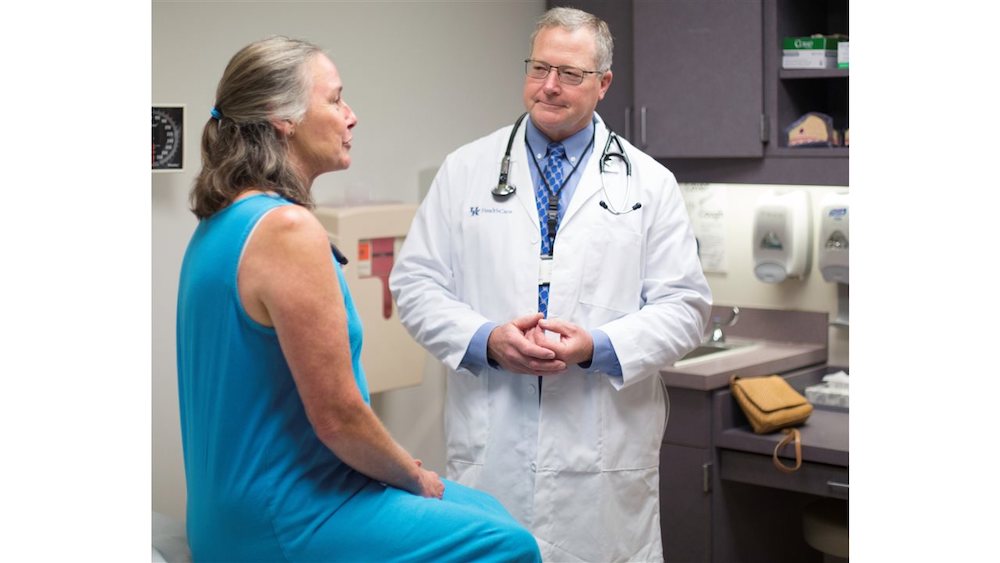Lung cancer remains the leading cause of cancer death in the U.S. despite effective screening for those at high risk—and significant confusion about who is eligible for lung cancer screening and what screening for the disease looks like may be to blame. This has resulted in shockingly low screening rates for a cancer that takes more than 127,000 lives in the U.S. every year.1
The news comes from a recent report from the Prevent Cancer Foundation that found 65% of Americans 21 years of age and older say they are not up to date with one or more routine cancer screenings.2 Of all routine cancer screenings, lung cancer screening rates are the lowest— less than 6% of eligible people in the U.S. have been screened for lung cancer compared to 70% for breast cancer and 74% for colorectal cancer.
In the 2023 Early Detection Survey, far more people self-reported they were eligible for lung cancer screening than actually met the screening criteria. This spotlighted the confusion surrounding what lung cancer screening is and the lack of understanding around lung cancer screening eligibility.
“Although anyone with lungs can get lung cancer, routine screening is only recommended for those with increased risk due to their smoking history. It’s important to know whether you meet the criteria to get screened,” said Heather Mackey, DNP, ANP-BC, AOCN®, Senior Director of Cancer Prevention and Early Detection at the Prevent Cancer Foundation.

Overall, results of the survey show a need for more clarity when describing who is eligible for lung cancer screenings and defining “pack-year history”3 to at-risk populations:
- Of those surveyed, more than 2 in 5 respondents were unable to identify the accurate description of a lung cancer screening.
- After exposure to a definition of pack-year history, 44% of those surveyed indicated the definition of a pack-year history is not easily understood.
A person’s pack-year history helps determine their eligibility for lung cancer screening—but a lack of understanding of how to calculate a pack-year history is leaving people eligible for screening in the dark, unable to benefit from the routine screening needed to find cancers in earlier, more treatable stages.
If you’re a heavy smoker or a former heavy smoker, talk with your health care provider about lung cancer screening. The U.S. Preventive Services Task Force (USPSTF) recommends screening people who:
- Are ages 50-80
- Have a 20 pack-year history of smoking
- Still smoke or have quit within the past 15 years
“Screening long-time smokers with annual low-dose chest CT significantly reduces cancer deaths, which is why it’s crucial we educate people about screening. We know that early detection equals better outcomes, and it’s our mission to make sure others know that, too,” Dr. Mackey said.
Information and resources on all cancer types studied in the 2023 Early Detection Survey—including information on relevant screenings—can be found at www.preventcancer.org/betteroutcomes. For more information about lung cancer and ways to reduce your risk, visit www.preventcancer.org/lung.
1American Cancer Society. Cancer Facts & Figures 2023. Atlanta: American Cancer Society; 2023.
2 The Prevent Cancer Foundation commissioned Atomik Research to conduct an online survey of 2,014 Americans 21 years of age and older. The margin of error is +/- 2 percentage points with a confidence interval of 95%. The cancer screenings studied in this survey were for breast cancer, cervical cancer, colorectal cancer, oral cancer, lung cancer, prostate cancer, skin cancer and testicular cancer.
3A pack year is an estimate of how much a person has smoked over time. The number of packs of cigarettes smoked every day is multiplied by the number of years a person has smoked that amount. Example: a person who smoked 1 pack a day for 20 years has a history of 1 x 20 = 20 pack years.
About the Prevent Cancer Foundation®
The Prevent Cancer Foundation® is the only U.S.-based nonprofit organization solely dedicated to cancer prevention and early detection. Through research, education, outreach and advocacy, we have helped countless people avoid a cancer diagnosis or detect their cancer early enough to be successfully treated. We are driven by a vision of a world where cancer is preventable, detectable and beatable for all.
The Foundation is rising to meet the challenge of reducing cancer deaths by 40% by 2035. To achieve this, we are committed to investing $20 million for innovative technologies to detect cancer early and advance multi-cancer screening, $10 million to expand cancer screening and vaccination access to medically underserved communities, and $10 million to educate the public about screening and vaccination options.
For more information, please visit www.preventcancer.org.
The Editorial Team at Lake Oconee Health is made up of skilled health and wellness writers and experts, led by Daniel Casciato who has over 25 years of experience in healthcare writing. Since 1998, we have produced compelling and informative content for numerous publications, establishing ourselves as a trusted resource for health and wellness information. We aim to provide our readers with valuable insights and guidance to help them lead healthier and happier lives.
































